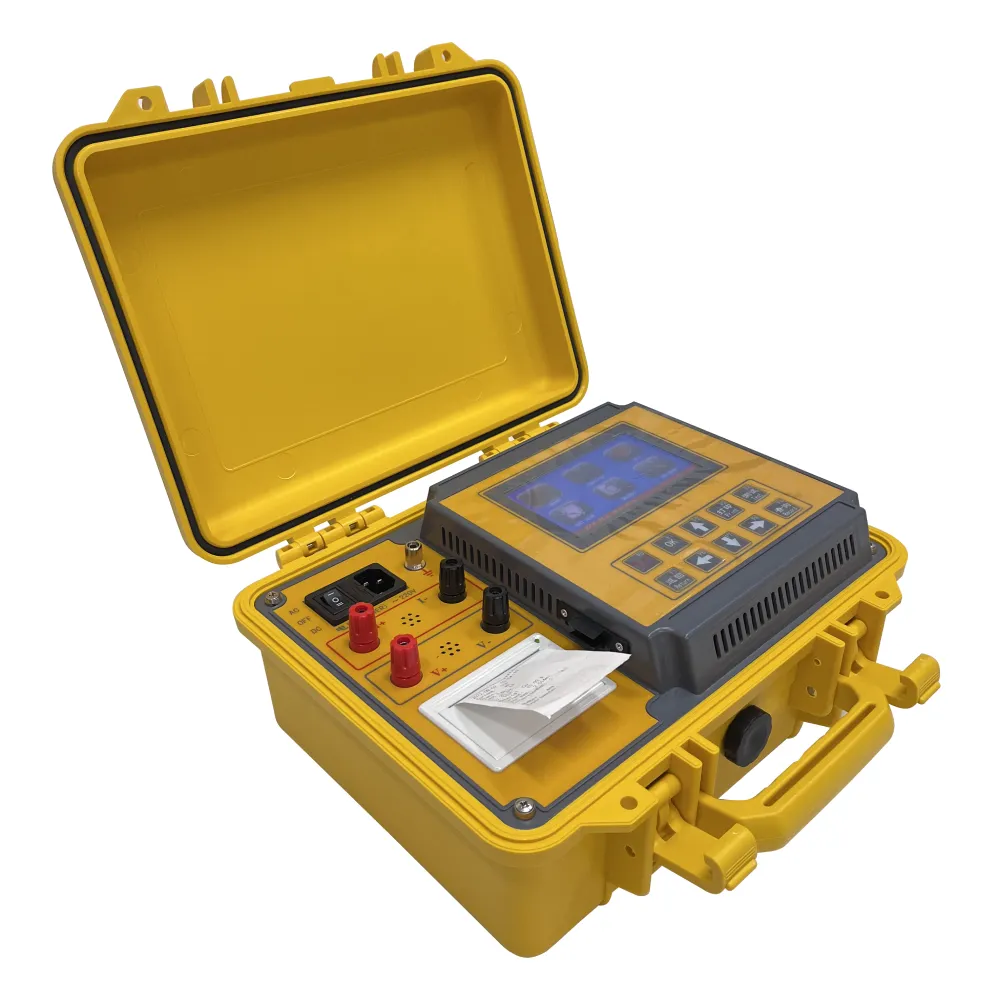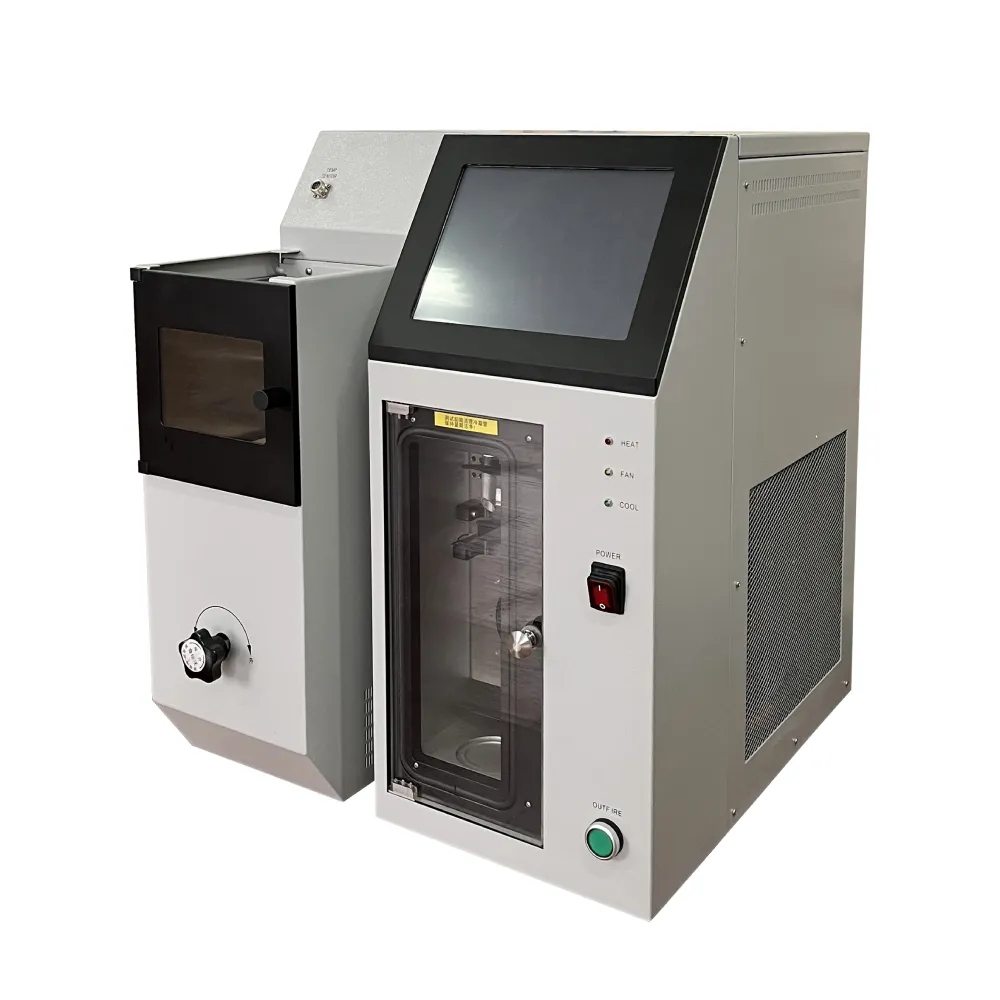TEL:
+86-0312-3189593
 English
English

Telephone:0312-3189593

Email:sales@oil-tester.com

-
 Afrikaans
Afrikaans -
 Albanian
Albanian -
 Amharic
Amharic -
 Arabic
Arabic -
 Armenian
Armenian -
 Azerbaijani
Azerbaijani -
 Basque
Basque -
 Belarusian
Belarusian -
 Bengali
Bengali -
 Bosnian
Bosnian -
 Bulgarian
Bulgarian -
 Catalan
Catalan -
 Cebuano
Cebuano -
 China
China -
 China (Taiwan)
China (Taiwan) -
 Corsican
Corsican -
 Croatian
Croatian -
 Czech
Czech -
 Danish
Danish -
 Dutch
Dutch -
 English
English -
 Esperanto
Esperanto -
 Estonian
Estonian -
 Finnish
Finnish -
 French
French -
 Frisian
Frisian -
 Galician
Galician -
 Georgian
Georgian -
 German
German -
 Greek
Greek -
 Gujarati
Gujarati -
 Haitian Creole
Haitian Creole -
 hausa
hausa -
 hawaiian
hawaiian -
 Hebrew
Hebrew -
 Hindi
Hindi -
 Miao
Miao -
 Hungarian
Hungarian -
 Icelandic
Icelandic -
 igbo
igbo -
 Indonesian
Indonesian -
 irish
irish -
 Italian
Italian -
 Japanese
Japanese -
 Javanese
Javanese -
 Kannada
Kannada -
 kazakh
kazakh -
 Khmer
Khmer -
 Rwandese
Rwandese -
 Korean
Korean -
 Kurdish
Kurdish -
 Kyrgyz
Kyrgyz -
 Lao
Lao -
 Latin
Latin -
 Latvian
Latvian -
 Lithuanian
Lithuanian -
 Luxembourgish
Luxembourgish -
 Macedonian
Macedonian -
 Malgashi
Malgashi -
 Malay
Malay -
 Malayalam
Malayalam -
 Maltese
Maltese -
 Maori
Maori -
 Marathi
Marathi -
 Mongolian
Mongolian -
 Myanmar
Myanmar -
 Nepali
Nepali -
 Norwegian
Norwegian -
 Norwegian
Norwegian -
 Occitan
Occitan -
 Pashto
Pashto -
 Persian
Persian -
 Polish
Polish -
 Portuguese
Portuguese -
 Punjabi
Punjabi -
 Romanian
Romanian -
 Russian
Russian -
 Samoan
Samoan -
 Scottish Gaelic
Scottish Gaelic -
 Serbian
Serbian -
 Sesotho
Sesotho -
 Shona
Shona -
 Sindhi
Sindhi -
 Sinhala
Sinhala -
 Slovak
Slovak -
 Slovenian
Slovenian -
 Somali
Somali -
 Spanish
Spanish -
 Sundanese
Sundanese -
 Swahili
Swahili -
 Swedish
Swedish -
 Tagalog
Tagalog -
 Tajik
Tajik -
 Tamil
Tamil -
 Tatar
Tatar -
 Telugu
Telugu -
 Thai
Thai -
 Turkish
Turkish -
 Turkmen
Turkmen -
 Ukrainian
Ukrainian -
 Urdu
Urdu -
 Uighur
Uighur -
 Uzbek
Uzbek -
 Vietnamese
Vietnamese -
 Welsh
Welsh -
 Bantu
Bantu -
 Yiddish
Yiddish -
 Yoruba
Yoruba -
 Zulu
Zulu
பிப் . 13, 2025 17:53
Back to list
PUSH electric astm d92 open cup flash point tester Silicon nitride ignition head
In today’s rapidly evolving industrial landscape, the efficiency and reliability of equipment can make or break a business. For facilities that rely on high heat processes, the furnace transformer plays a pivotal role. Ensuring its optimal performance is not just about routine checks but demands a deep understanding drawn from experience, expertise, authority, and trustworthiness.
Authoritative professionals in the field advocate for a holistic approach to testing, which includes thermography. This non-contact form of testing detects heat emitted from the transformer, identifying potential issues with cooling systems or hotspots that might not be visible through other forms of testing. Infrared thermal imaging provides visual insights into the operating temperatures, an invaluable tool for predicting failures before they occur. The reliability of these testing procedures depends heavily on trustworthiness, both in the equipment used and the professional conducting the tests. Utilizing ISO-certified test equipment and ensuring that professionals are continuously updated with industry standards is a non-negotiable practice in stringent testing regimes. Trust also comes from transparency. Accurate logging of test results and clear communication with stakeholders ensure that everyone involved in the maintenance and operation processes has a complete understanding of the transformer's condition. Drawing insight from established authorities in the field, such as the Institute of Electrical and Electronics Engineers (IEEE) and the International Electrotechnical Commission (IEC), ensures that testing procedures align with the highest global standards. Additionally, using case studies and historical data from manufacturers offers authoritative guidelines that enhance testing accuracy and reliability. Lastly, the ultimate goal of testing a furnace transformer extends beyond identifying faults. It's about predictive maintenance aiming to foresee potential failures. Using trending analyses and sophisticated diagnostic software tools, experienced professionals can provide authoritative predictions which aid in planning maintenance schedules around production cycles, thereby optimizing operational efficiency. In conclusion, testing a furnace transformer is not merely a task but an intricate process that demands seasoned experience, specialized expertise, authoritative knowledge, and unyielding trustworthiness. Regular and thorough testing not only ensures the safety and efficiency of industrial operations but also significantly contributes to the sustainability and profitability of a business. By integrating these elements into your routine maintenance strategy, your equipment will not only meet expectations but exceed them, positioning your operations at the forefront of industry excellence.


Authoritative professionals in the field advocate for a holistic approach to testing, which includes thermography. This non-contact form of testing detects heat emitted from the transformer, identifying potential issues with cooling systems or hotspots that might not be visible through other forms of testing. Infrared thermal imaging provides visual insights into the operating temperatures, an invaluable tool for predicting failures before they occur. The reliability of these testing procedures depends heavily on trustworthiness, both in the equipment used and the professional conducting the tests. Utilizing ISO-certified test equipment and ensuring that professionals are continuously updated with industry standards is a non-negotiable practice in stringent testing regimes. Trust also comes from transparency. Accurate logging of test results and clear communication with stakeholders ensure that everyone involved in the maintenance and operation processes has a complete understanding of the transformer's condition. Drawing insight from established authorities in the field, such as the Institute of Electrical and Electronics Engineers (IEEE) and the International Electrotechnical Commission (IEC), ensures that testing procedures align with the highest global standards. Additionally, using case studies and historical data from manufacturers offers authoritative guidelines that enhance testing accuracy and reliability. Lastly, the ultimate goal of testing a furnace transformer extends beyond identifying faults. It's about predictive maintenance aiming to foresee potential failures. Using trending analyses and sophisticated diagnostic software tools, experienced professionals can provide authoritative predictions which aid in planning maintenance schedules around production cycles, thereby optimizing operational efficiency. In conclusion, testing a furnace transformer is not merely a task but an intricate process that demands seasoned experience, specialized expertise, authoritative knowledge, and unyielding trustworthiness. Regular and thorough testing not only ensures the safety and efficiency of industrial operations but also significantly contributes to the sustainability and profitability of a business. By integrating these elements into your routine maintenance strategy, your equipment will not only meet expectations but exceed them, positioning your operations at the forefront of industry excellence.
Latest news
-
Testing Equipment Industry Sees Major Advancements in 2025: Smart & Precision Technologies Lead the WayNewsJun.06,2025
-
Applications of Direct Current Generators in Renewable Energy SystemsNewsJun.05,2025
-
Hipot Tester Calibration and Accuracy GuidelinesNewsJun.05,2025
-
Digital Circuit Breaker Analyzer Features and BenefitsNewsJun.05,2025
-
Benefits of Real-Time Power Quality Monitoring Devices for Industrial EfficiencyNewsJun.05,2025
-
Earth Fault Loop Testing in High-Rise Building Electrical SystemsNewsJun.05,2025



